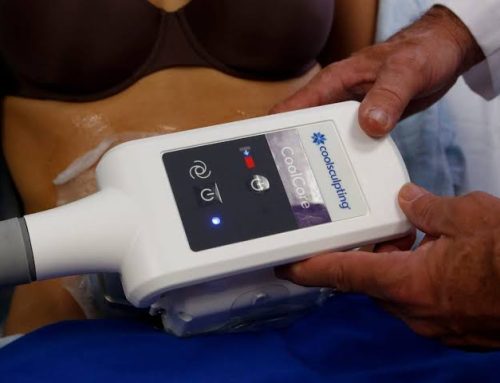Introduction
Penis enlargement surgery has gained attention as a cosmetic procedure that aims to increase the length or girth of the penis. While it may seem like a solution for some men, it’s important to explore who is suitable for this procedure, the motivations behind it, what improvements can be expected, and the best options for those with micropenis.
Who is suitable for penis enlargement surgery?
Penis enlargement surgery is not typically medically necessary, and it is essential to understand who might be suitable candidates for this procedure:
1. Micropenis:
Medically defined as a penis measuring 7.5 centimeters or shorter when stretched, micropenis is a condition that may warrant surgical intervention. It is usually due to genetic or hormonal factors and is diagnosed during childhood or adolescence.
2. Cosmetic Concerns:
Some men with a normally functioning penis concidering a penile enlargement due to cosmetic concerns. However, it’s important to note that most people who seek treatments for penis size fall within the normal, functioning range.
Why do men undergo a penis enlargement surgery?
Understanding the motivations behind penis enlargement surgery is crucial:
1. Cosmetic Enhancement:
Many men pursue this procedure to enhance their self-esteem and self-confidence by achieving a more aesthetically pleasing appearance.
2. Societal Pressure:
The perception that sexual fulfillment is linked to penis size, often reinforced by the trends in social media, movies or general in internet, can lead some menr to consider a penis enlargement surgery.

How much does penis enlargement increase size?
Various surgical techniques are used to address different aspects of penis enlargement or penuma:
1. Length:
Surgery can increase the length of the penis. For instance, suspensory ligament division surgery can create the appearance of a longer flaccid penis, but it does not change the erect length significantly.
2. Girth:
Procedures like silicone implants, fat transfer, and fillers can increase the girth of the penis. The FDA-approved Penuma implant has shown promising results with a 56.7% average increase in girth.
3. Cosmetic Enhancement:
Some surgeries aim to provide the appearance of a longer penis without altering its actual size through techniques like skin grafts.

What is the best treatment for a Micro Penis?
For men with micropenis, treatment options are available:
1. Hormone Therapy:
When diagnosed during childhood or adolescence, hormone treatments can help increase penis size to its ideal values.
2. Penile Lengthening Surgery:
This surgical procedure, which cuts the suspensory ligament, can add 3-4 centimeters to the length of the penis. It can be permanent but may require traction exercises for optimal results.
3. Penile Enlargement Surgeries:
For girth enhancement without lengthening, fat injection and filler procedures can be considered. Special fillers containing hyaluronic acid may offer more lasting effects than fat injection.

Conclusion
Penis enlargement surgery is a choice made for various reasons, including cosmetic concerns and micropenis treatment. While some procedures have shown promising results, it’s important to recognize that no method is guaranteed to work, and outcomes can vary. Potential candidates should carefully consider their motivations, consult with specialists, and make informed decisions about the best course of action. Ultimately, understanding the options available is essential for those seeking to improve their quality of life and self-confidence through penis enlargement procedures.
Disclaimer: The content on this blog is intended for general informational purposes only. It is not a substitute for professional medical advice, diagnosis, or treatment. Always consult qualified healthcare providers for personalized advice. Information regarding plastic surgery, dental treatment, hair transplant, and other medical procedures is educational and not a guarantee of results. We do not assume liability for actions taken based on blog content. Medical knowledge evolves; verify information and consult professionals. External links do not imply endorsement. By using this blog, you agree to these terms.










